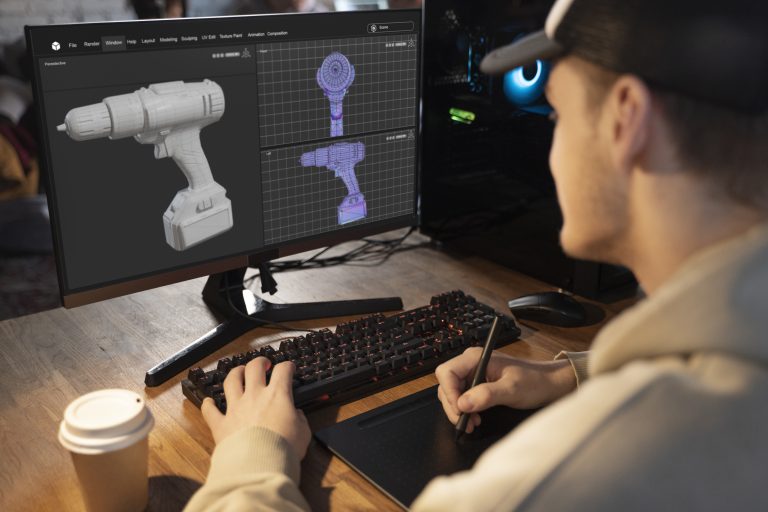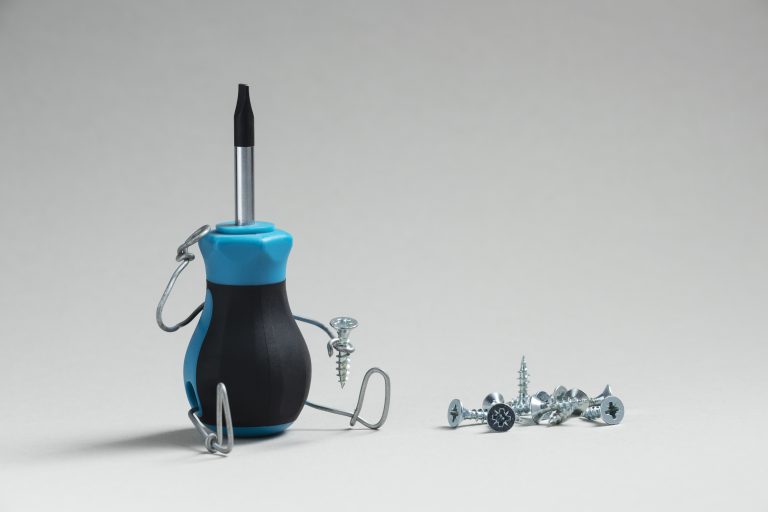As with any manufacturing or engineering process, injection moulding design works best when planned in stages. Each stage is equally important and deserves attention to detail and quality control. When it comes to plastic injection moulding, aspects such as performance, shape, texture and colour are crucial to getting it right.
Plastic Injection Moulding Design Steps
From initial concept to product delivery, the process behind successful injection moulding design can be pretty straightforward if each stage is carefully considered in turn.
1. Designing Cad (Computer-Aided Design) Model
This is where the initial idea starts to take on its 3D reality. Using computer software, the designer creates the component, carefully considering its colour texture and resin or type of plastic used. Different plastic polymers have different characteristics and specifications that will be suitable for various applications.
As with any project, quality control is key, even before the injection moulding process itself can begin. It is key to getting the design entirely correct and checking it for aesthetics, strength, functionality, and robustness. Any faults and the design must start again from the beginning.
3. Tooling Design
This is where the mould is built to create the component, based on the agreed and quality checked design. This will set the dimensions of the finished part too, which is crucial if it is intended to fit inside a more complex piece of machinery or to package or protect a delicate item. Even though this stage will agree upon the design, there is still time to make tweaks and adjustments to get the finished product accurate and fit the initial design brief.
4. Samples and Prototypes
At this stage, the first component is created. The customer can adjust the specifications once more and see how the chosen polymers work in reality and colours, finishes, and textures.
5. Further Trials and Full-Scale Production
Once the prototype or trial run has been approved and signed off, the project can move into full swing with the plastic injection moulding machine creating the full-scale project.
Aspects to look out for throughout each of these stages are compliance with customer specifications, as well as engineering and safety-based considerations around wall thickness, mechanical performance and resistance to stress, chemicals, heat etc. and more. Each of these comes with its own potential pitfalls.
Wall Thickness
If the walls of your plastic part are too thin, it can cause issues like air bubbles getting trapped inside, lines where the plastic joins together, and weak spots that can’t handle pressure, corrosion, or regular use well. On the other hand, if the walls are too thick, making the part will cost more. This is because thicker walls need more time in the machines and more plastic material to shape the final product. Since plastic doesn’t spread heat evenly, it’s important that the wall thickness is consistent. This helps the melted plastic flow smoothly, preventing uneven spots or defects in the finished item.
Mechanical Performance
A plastic component will fail if the stress it is placed under during its working life exceeds its overall strength. Therefore, mechanical performance must come ahead of aesthetics if the product is intended to carry out any task greater than looking good as an ornament. Pay careful attention to hinges, bottlenecks, caps, narrowing points, thinner edges, etc. Any sections where the plastic must be thinner and the design more complex. If the part must fit precisely with another for it to function correctly, such as in an engine or machine, its ability to move, bend and fit specifically is key to its potential performance and durability.
Resistance to Stress etc.
Finally, the importance of how resistant a component is to chemicals, oil, dirt, medical waste, discolouration etc., will depend entirely on what the part will be used for and where. The initial injection moulding design should consider how strong resistance to each of these things is for the finished product. Materials should be chosen that can withstand the exact circumstances in which they will be used. Where aesthetics matter, e.g. in packaging or advertising collateral, colour fastness, absorption and resistance to staining is more important than for parts destined to sit inside machines, unseen. Consider what the part needs to stand up to when first designing its shape and style.





